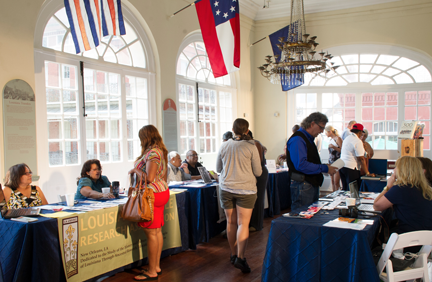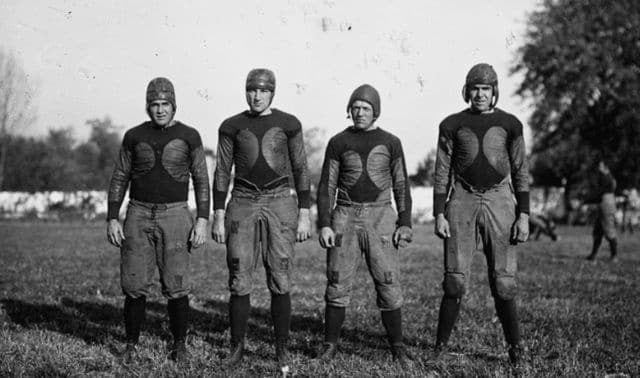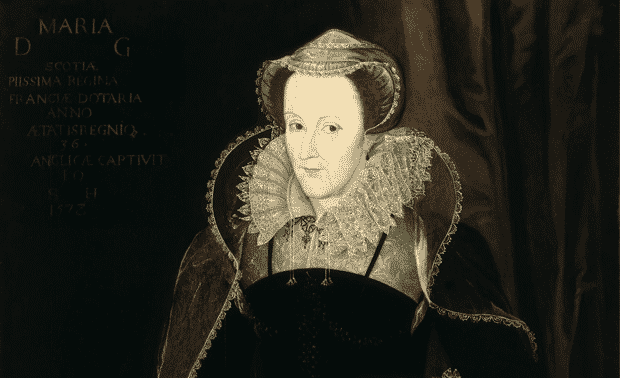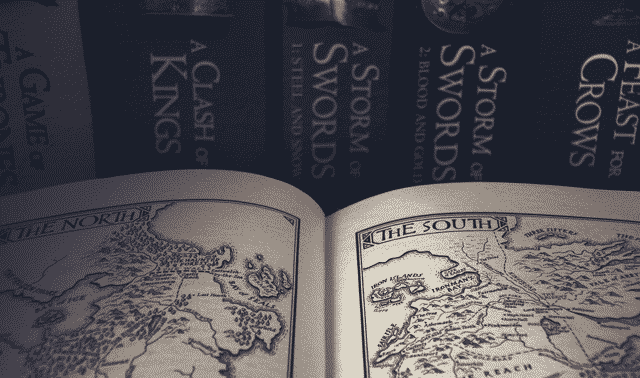Sign up for the Family Tree Newsletter Plus, you’ll receive our 10 Essential Genealogy Research Forms PDF as a special thank you!
Get Your Free Genealogy Forms
"*" indicates required fields
Last night’s “Genealogy Roadshow” season premiere was filmed in New Orleans inside the Cabildo, the seat of government under Spanish rule. It’s now part of the Louisiana State Museum, and I was lucky enough to visit there several years back.
Filming this season took place as part of a family history fair in each location (above). Being in the Cabildo added to the sense of place, as did an aside in a New Orleans cemetery that demonstrated how much you can learn from a tombstone.
The show shed light on about eight family mysteries from local residents, including:
- My favorite segment was the first, in which two young women, sisters, asked about their family home. From the photo, it looked like a shotgun-style house.
Host D. Joshua Taylor traced the family in censuses, and discovered from the 1890 veterans schedule that the sisters’ third-great-grandfather, Baptiste Eugene, fought for the US Colored Troops in the Civil War. A pension based on his service allowed his widow, Adele, to purchase the house after his death in 1891.
Adele’s pension application was a gold mine, stating how she had been born free, to a mother whose slaveowner, from Virginia, had freed his slaves upon his death. Adele named her mother and her father, a white man.
- In another story having to do with records of African-American slaves, host Kenyatta Berry used the Afro-Louisiana History and Genealogy Database to find documentation of a woman’s enslaved ancestor who was sold at age 11.
- Mary Tedesco, a new host this season, told a family of their colorful ancestor Charles A. Montalde, who didn’t really die in the Klondike, as the family thought. Instead, he bounced around from New Orleans to Sacramento, Calif., to Albuquerque, NM, to Reno, Nev., making business deals and likely living as a bigamist.
- Another particularly interesting story was from a guest whose family legend told of her great-uncle’s murder. Taylor showed newspaper articles about the case, used marriage announcements to figure out whose wedding the uncle had been to that night, and used census records to show the relationships among those involved and the proximity of their homes.
He pointed out how in the 1900 and 1910 censuses, women reported how many children they’d given birth to and how many were still living, helping you see when someone’s missing from the household.
The new season brought another welcome change besides a third host: The emcee, whose role reminded me of the court reporter on “People’s Court” and didn’t seem to add much to the series, is gone. The storytelling pace also seemed to slow down a bit, making the history easier to follow.
“Genealogy Roadshow” airs through Feb. 17 on Tuesdays at 8 p.m. on most PBS stations. If you missed last night’s episode, it’s available for purchase on iTunes (and it’s free on the PBS website—thanks to GeneaBloggers for the tip).
ADVERTISEMENT




